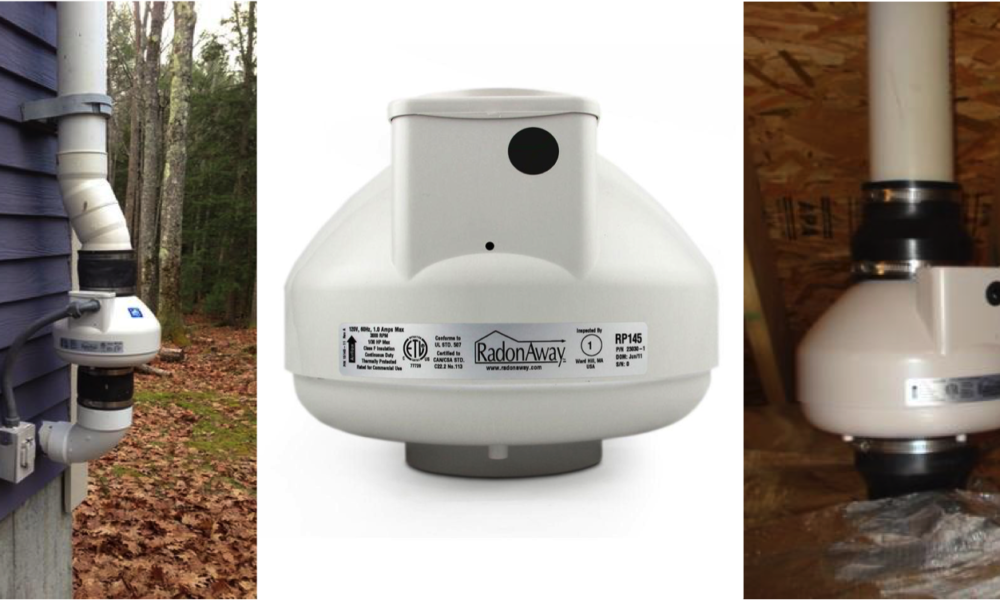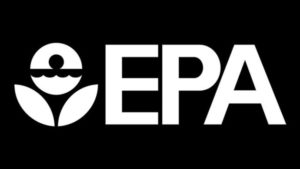
Mitigate When Radon Levels Are Above the EPA’s Exposure Limits
If a radon test reveals a home or business has levels above 4.0 pCi/L, then mitigation is recommended. The EPA has set this limit based on historical data that reveals the adverse effects radon can have on human beings when exposed for long periods of time and on a regular basis at these levels. Homes and businesses vary from one building to the next, so it’s hard to predict which building is susceptible.
You Can Fix a Radon Problem
Radon reduction systems work and they are not too costly. Some radon reduction systems can reduce radon levels in your home by up to 99%. Even very high levels can be reduced to acceptable levels.
New Homes Can Be Built With Radon-resistant Features
Radon-resistant construction techniques can be effective in preventing radon entry. When installed properly and completely, these simple and inexpensive techniques can help reduce indoor radon levels in homes. In addition, installing them at the time of construction makes it easier and less expensive to reduce radon levels further if these passive techniques don’t reduce radon levels to below 4 pCi/L. Every new home should be tested after occupancy, even if it was built radon- resistant. If radon levels are still in excess of 4 pCi/L, the passive system should be activated by having a qualified mitigator install a vent fan. For more explanation of radon resistant construction techniques, refer to EPA publication, Building Radon Out: A Step-by-Step Guide on How to Build Radon-Resistant Homes.
The EPA’s Guides for Radon
The EPA has provided multiple guides to educate home and business owners about radon.
EPA Home Buyers & Sellers Guide

